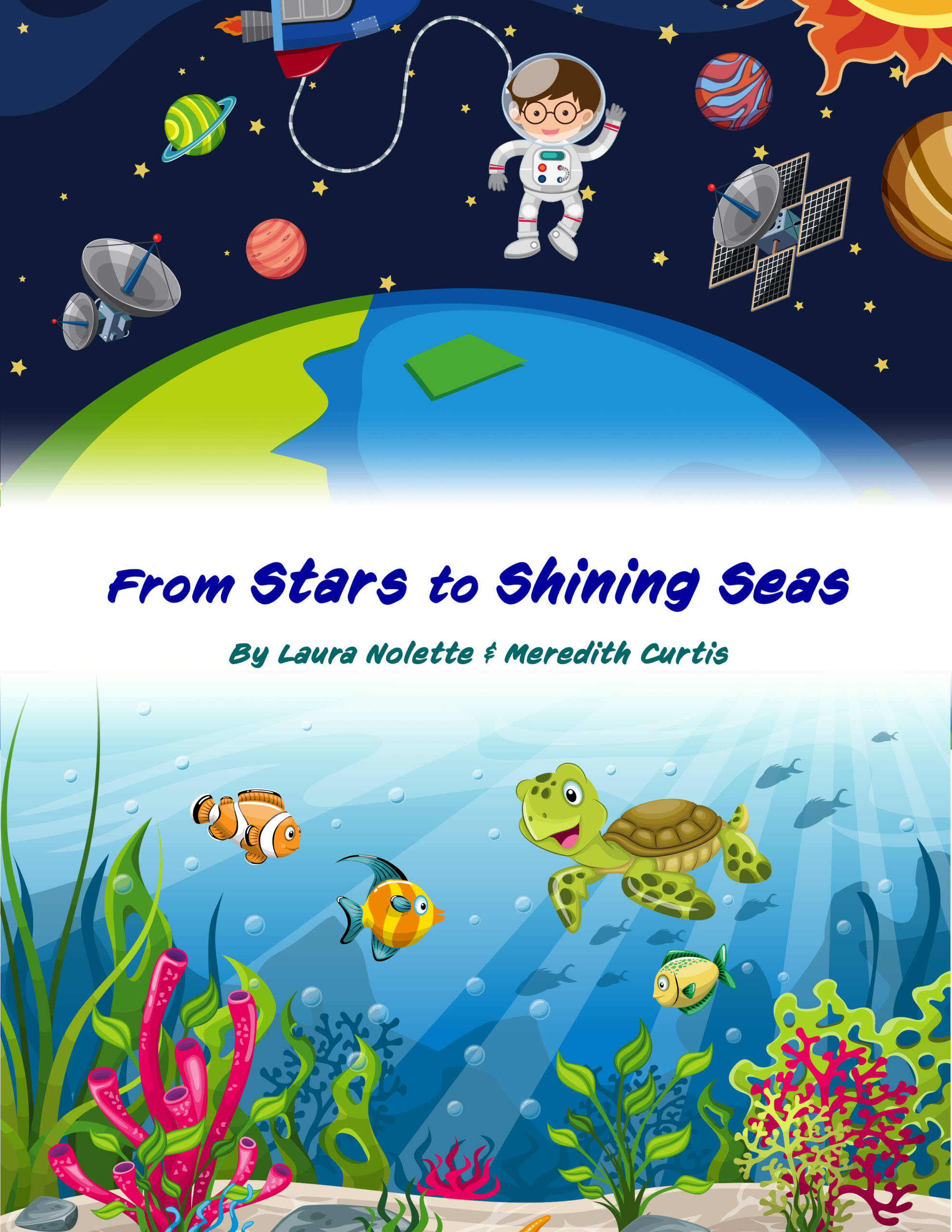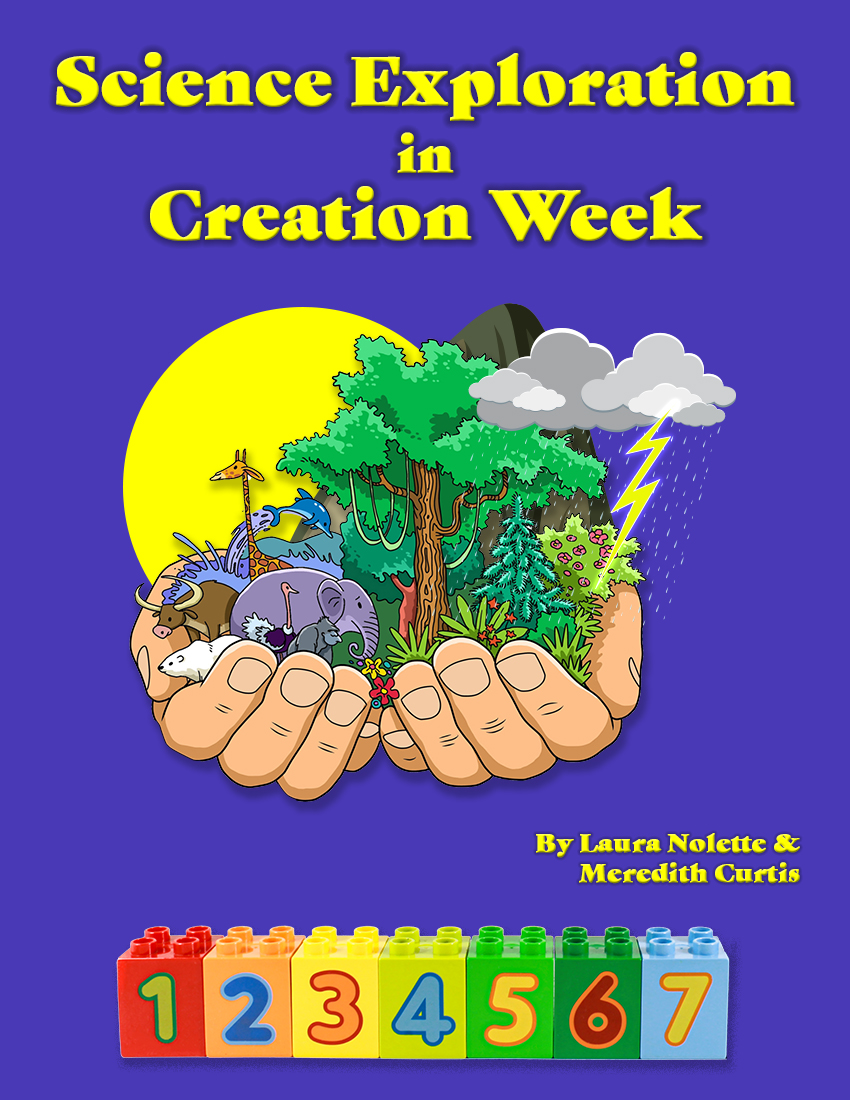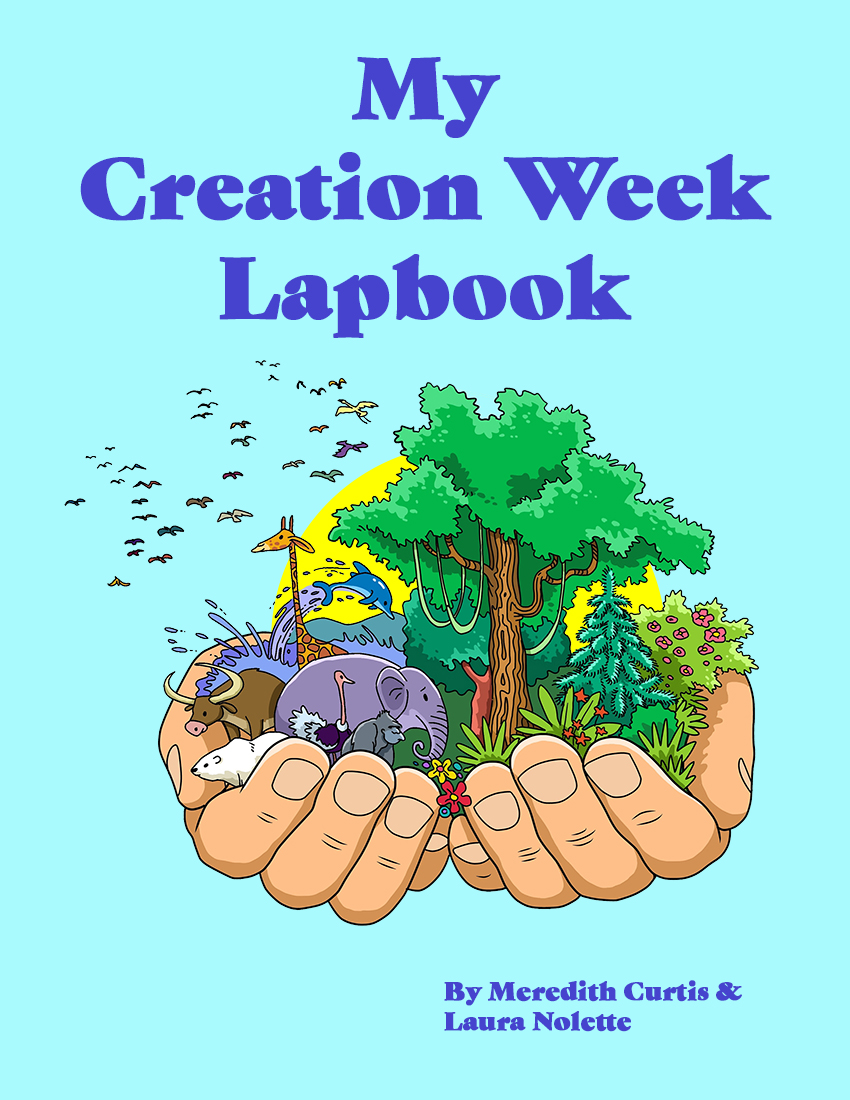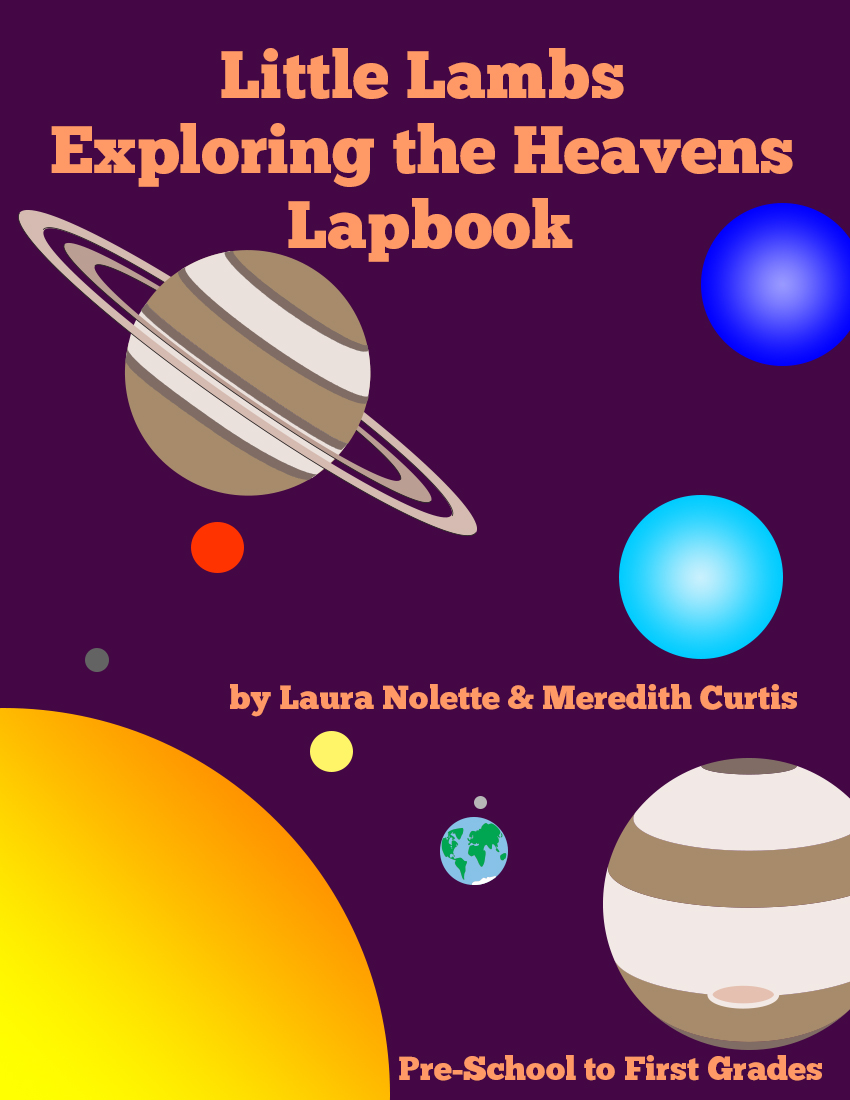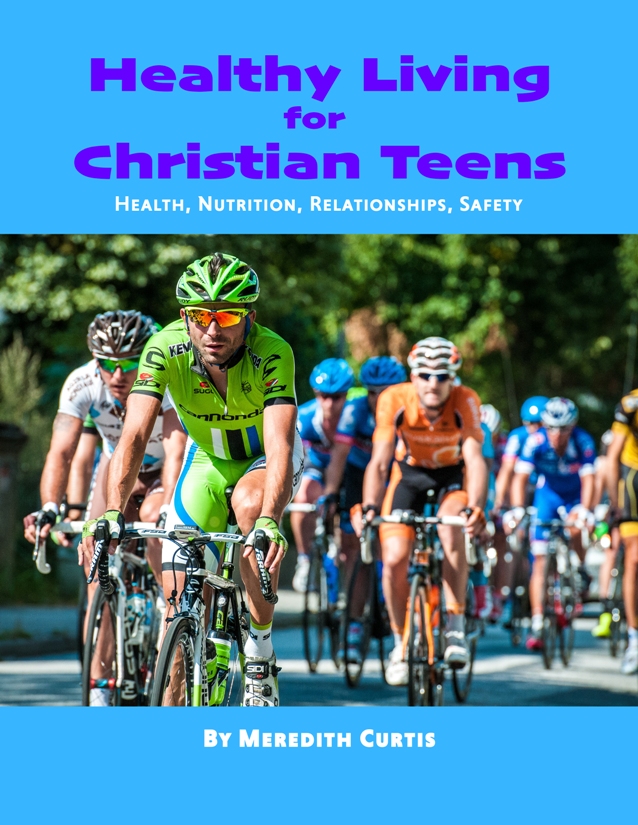Children are often told that the small unit of life is the cell when we are studying plants, animals, and people (life science).
But, in physical science, we are told that the smallest unit of matter is the atom.
They are both true.
Living Things are made up of matter that is made up of atoms and molecules, too.
You see a cell has many components like ribosomes, mitochondria, and lysosomes. These components are made up of large molecules and the molecules are made up of atoms.
Proteins, sugars, and fats are all molecules. The oxygen that your cells so desperately need is a molecule.
Inside the cell, chemical reactions are happening all the time! Inside the cell, you will find atoms as part of molecules. Their electrons in an atom are busy beavers participating in all kinds of movement during the chemical reactions that keep a person alive. In the cellular level, the processes that provide oxygen (respiration), energy (glucose), and building things like antibodies are pure chemistry!
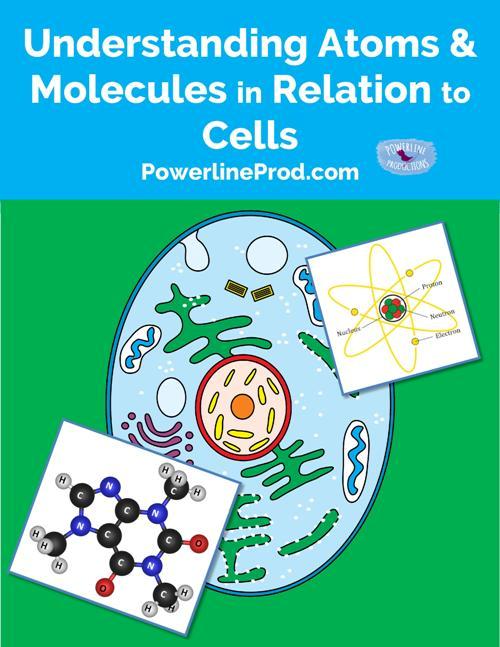
Atoms
Atoms are made up of tiny particle called electrons, neutrons, and protons. The protons and electrons have an electrical charge. The protons have a positive charge and the electrons have a negative charge.
There are over 7,000,000,000,000,000,000,000,000,000 atoms in your body. The most common atoms inside your body are
- Carbon
- Hydrogen
- Oxygen
- Nitrogen
Molecules
Atoms bond together to form molecules. They bond together by sharing elections. For example, two oxygen atoms bond together to for oxygen. A water molecule is made up of 2 atoms of hydrogen and 1 atom of oxygen, H2O.
Organelles
Organelles are made up of molecules. Each organelle performs specific tasks in the cell.
- Plasma Membrane-outer boundary of cell made up of a double layer of phospholipeds
- Nucleus-directs cell activity and contains DNA molecules
- Ribosome-store RNA, manufacture proteins
- Mitochondria-powerhouse of cell, generates ATP using oxygen
- Vacuoles-storage tanks that store molecules, food, water, or waste products
- Endoplasmic Reticulum-Smooth Endoplasmic Reticulum synthesizes lipids and carbohydrates. Rough Endoplasmic Reticulum has ribosomes on surface and manufactures proteins.
- Lysosome-destroy waste with enzymes
- Golgi Apparatus-manufacture, store, and transport products from the endoplasmic reticulum
Cells
Cells are the smallest living unit of living things.
Cells are made up of a cell membrane, nucleus, and cytoplasm. Cytoplasm is a clear liquid, jelly-like substance within cells that gives the cell its shape and keeps the organielles in place. A cell also contains various organelles that have detailed job descriptions. A cell is like a miniature city where everyone has a job to do.
STEM Resources
The YouTube videos do a great job explaining the relationship between Atoms, Molecules, and Cells. Your children will enjoy them, too.
I hope this helps you teach science more effectively. I have other STEM resources available. Just click on the photos below.
Until next time, Happy Homeschooling!
Warmly,
Meredith Curtis

